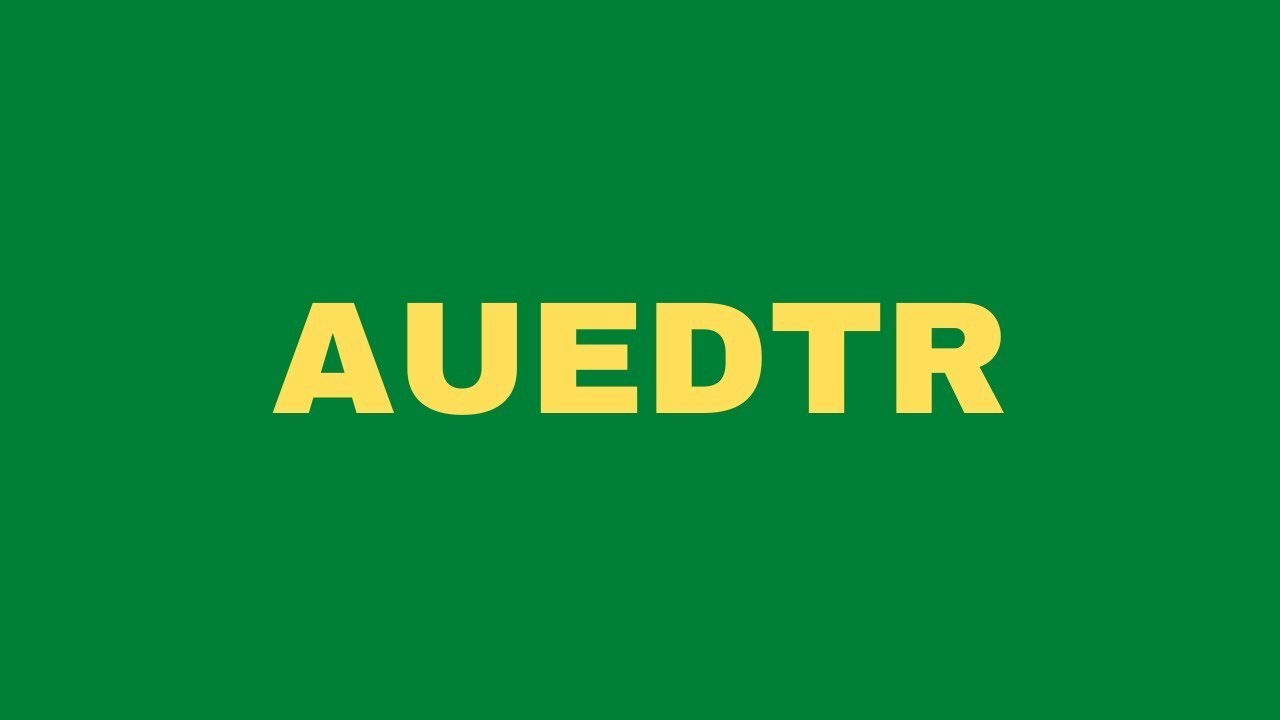The Australian education system is a highly regarded system that is known for its quality and equity. It is compulsory for all children between the ages of 6 and 16 to attend school. The system is divided into three levels: early childhood education, primary education, and secondary education.
Early Childhood Education
Early childhood education (ECE) is the foundation for lifelong learning. It is important for children to have access to quality ECE so that they can develop the skills and knowledge they need to succeed in school and life.
In Australia, ECE is provided by a variety of providers, including government-run preschools, long daycare centers, and family day care. The Australian Government provides a subsidy to help families with the cost of ECE.
Primary Education
Primary education in Australia is for children between the ages of 6 and 12. It is the first stage of compulsory education. Primary schools are either government-run or non-government schools.
The curriculum for primary school is set by the Australian Curriculum, which is a national curriculum that is implemented in all states and territories. The curriculum covers a wide range of subjects, including English, mathematics, science, humanities, and the arts.
Secondary Education
Secondary education in Australia is for children between the ages of 12 and 16. It is the second stage of compulsory education. Secondary schools are either government-run or non-government schools.
The curriculum for secondary school is also set by the Australian Curriculum. In addition to the core subjects, students can also choose to study a variety of elective subjects.
Tertiary Education
Tertiary education in Australia is for students who have completed secondary school. It includes higher education and vocational education and training (VET).
Higher education in Australia is provided by universities, university colleges, and other higher education providers. Universities offer a wide range of undergraduate and postgraduate degrees.
VET is provided by TAFE colleges and other VET providers. VET courses provide students with the skills and knowledge they need for employment in a variety of occupations.
International Students
Australia is a popular destination for international students. In 2021, there were over 500,000 international students studying in Australia.
Australian universities are highly regarded and offer a world-class education. The Australian government also provides a number of scholarships and grants to help international students study in Australia.
Conclusion
The Australian education system is a highly regarded system that is known for its quality and equity. It provides students with the skills and knowledge they need to succeed in school, work, and life.
Here are some of the strengths of the Australian education system:
High-quality teachers
Strong focus on literacy and numeracy
Well-funded schools
Diverse range of educational options
Internationally recognized qualifications
Here are some of the challenges facing the Australian education system:
Increasing inequality in educational outcomes
Rising cost of education
Teacher shortages
Declining interest in STEM subjects
The Australian government is committed to improving the education system. Some of the initiatives that are being implemented include:
Increasing funding for schools
Expanding access to early childhood education
Introducing a national curriculum for ECE
Raising the standard of teacher training
The Australian education system is constantly evolving and improving. It is a system that is well-positioned to meet the challenges of the 21st century.
